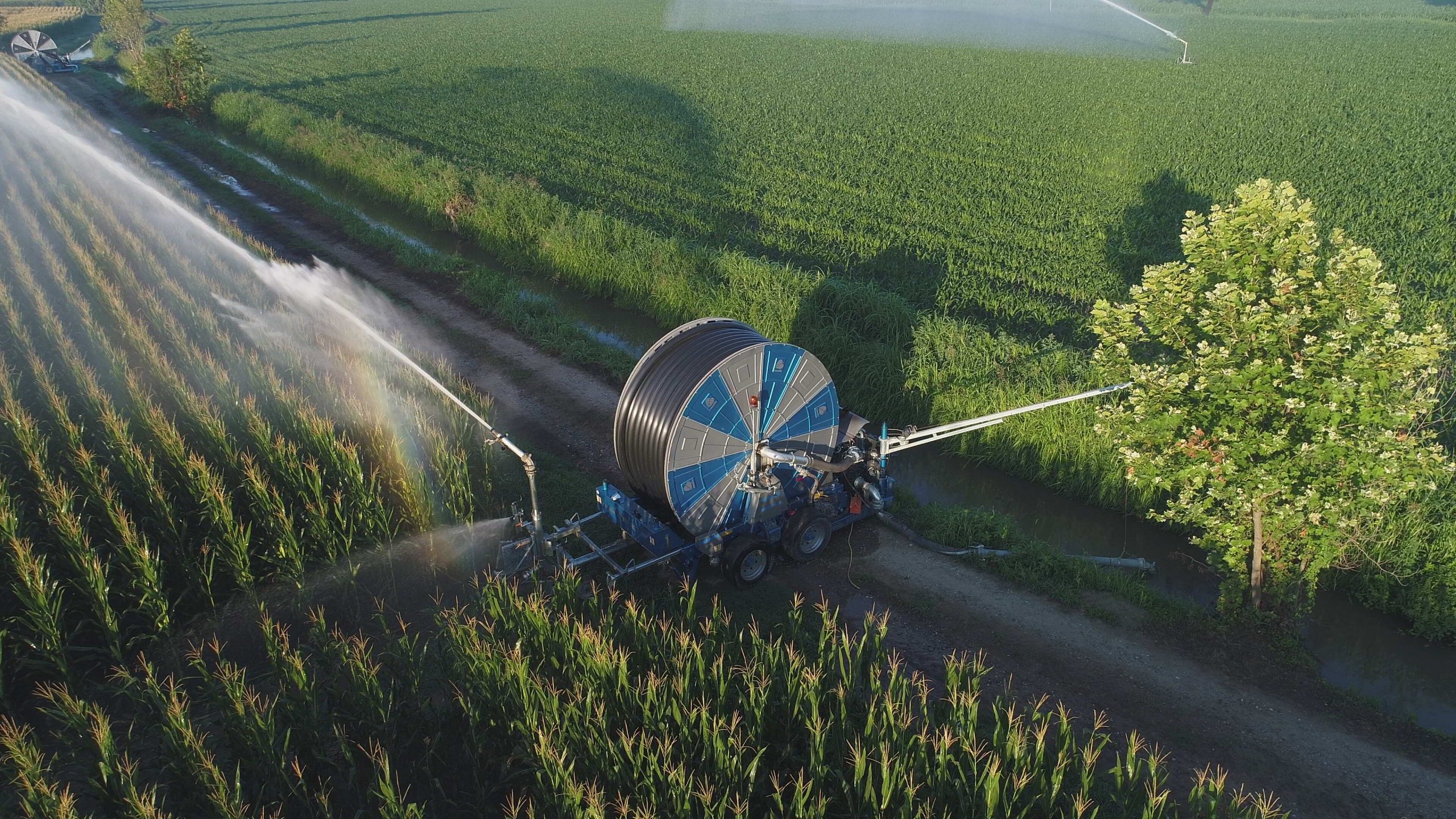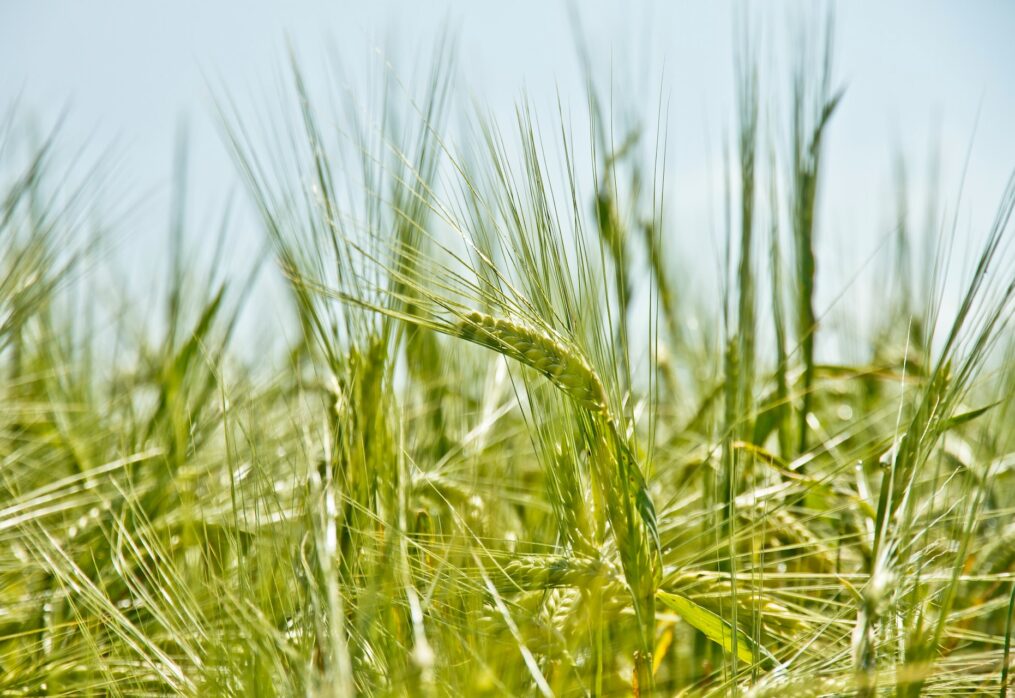Kazakhstan increases the production of grain forage crops
Grain forage crops production in Kazakhstan: a review of plans for the season
Kazakhstan plans to increase the production of grain forage and fodder crops. For this purpose, farmers intend to expand the area for growing products. A total of 23 million hectares will be used, which are already being prepared for sowing.
According to preliminary data from local farmers, about 18 thousand hectares will be used for the cultivation of sugar beet, land will also be increased for vegetables and melons. It is planned to expand the area under rice. Compared to 2022, it will grow by almost 10 thousand hectares.
The government of Kazakhstan fully supports the possibility of increasing crop production. To this end, it has introduced a subsidy program for farmers, for which more than 11 billion tenges have been allocated from the state budget. This support will help stimulate producers, as well as compensate them for part of the cost of growing crops. The subsidy program is especially important given the rising prices of fertilizer and fuel for agricultural equipment.
With regard to the use of fertilizers, experts estimated their need for the sowing campaign of 2023 at 703 thousand tons. The government allocated about 31 billion tenges to offset the cost of these substances, but this amount is not enough to offset the costs. The cost of mineral fertilizers has risen sharply over the past few years, forcing some farmers to switch to crops that require less use of these substances. However, the relevant ministry is considering the option of increasing the subsidy if the price of fertilizer continues to rise. To simplify the process of applying for financial support, farmers can register in a special system. In addition to rising fertilizer prices, the lack of water for agricultural purposes remains a serious problem for Kazakhstan. To solve the problem, the authorities plan to create water-saving mechanisms based on modern technology. The country’s farmers’ fields now get only 60% of the required water, and some of it is lost on the way to crops due to outdated infrastructure. The deficit significantly affects crop quality and volume, especially in the southern regions of the country. As a result, rice production has fallen.
In addition to rising fertilizer prices, the lack of water for agricultural purposes remains a serious problem for Kazakhstan. To solve the problem, the authorities plan to create water-saving mechanisms based on modern technology. The country’s farmers’ fields now get only 60% of the required water, and some of it is lost on the way to crops due to outdated infrastructure. The deficit significantly affects crop quality and volume, especially in the southern regions of the country. As a result, rice production has fallen.
In addition, Kazakhstan is experiencing a decline in water supplies, which is putting pressure not only on the agricultural industry but also on meeting the needs of the population. The country depends on water flows from the territory of other states, with its own resources failing to cope. All this complicates the process of crop production. To improve the situation, large-scale reconstruction of irrigation canals is needed. As part of this, the government is developing a program of drip irrigation, which will be applied to moisture-intensive plants. The authorities promise to compensate 50% of the cost of equipping plots with modern irrigation systems.
